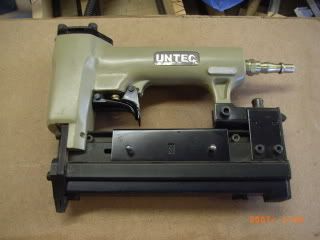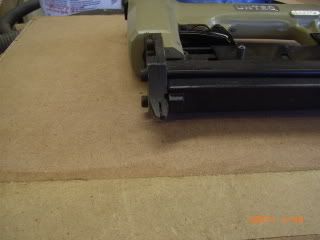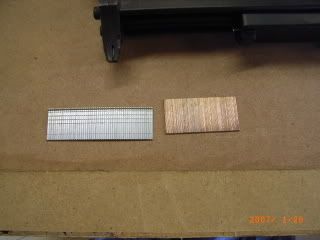I got the 18g one, the brads are pretty tiny, but it depends just how delicate you want to go - it looks like 18g = 1mm and 23g = 0.8mm, so there's some difference. In the end, it's still a nail gun, and leaves little holes I wouldn't want on show - I only use them on things that are hidden or destined to be painted.
As for compressor advice, the usual is to buy as big as you can afford. I haven't got room for that, and wanted to be able to use this on joinery around the house, so I got the 20l senco package from Rutlands - it does 6.4cfm which is pretty good for a portable, and while pricey was less than the bostich/makita/dewalt equivalents.
Bigger, less portable compressors will give you more cfm for the same or less money, and will let you spray with an RP or HVLP gun, etc - my senco would be very marginal for a small RP gun at very best.
If you plan mostly to use this in the workshop then look for a machine mart oiled compressor with a 50 plus litre tank - if you get something that can do 10-12cfm that should cover pretty much anything you might want to do.
I got the impression when I was looking into it that, like power tool watts, one brand's cfm is not necessarily the same as another brand's cfm.
I would look for an oil-less one for sure, as they last longer and are less extremely noisy.



































